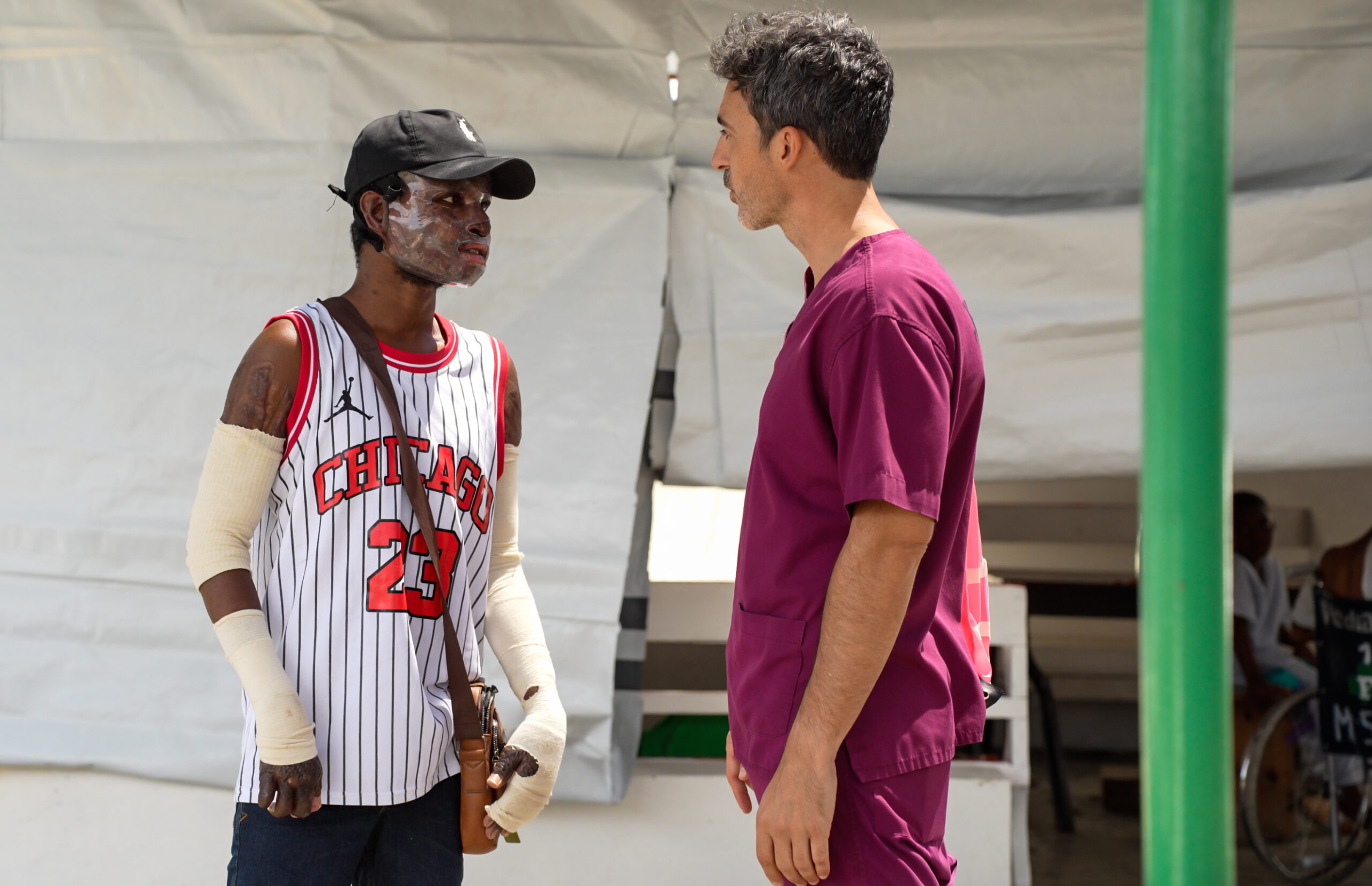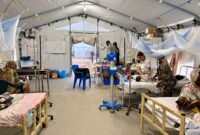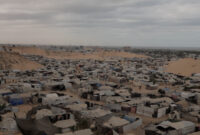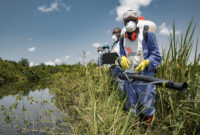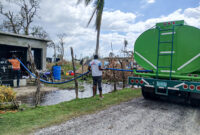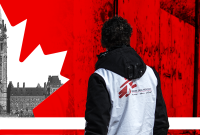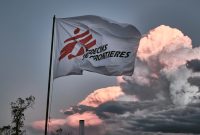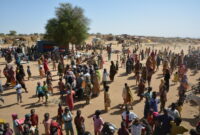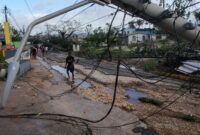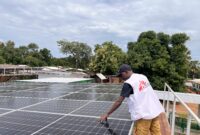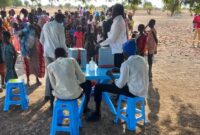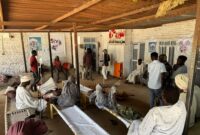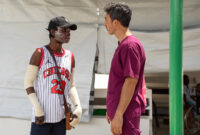Haiti: Repairing skin, a return to life for burn survivors
Healing and recovery at MSF’s Tabarre hospital for survivors of a fuel tanker explosion
“I thought I was going to die in the flames,” says Jordan, who suffered burns over 60 per cent of his body in a tanker truck explosion in Miragoâne, in southwest Haiti, on Sept. 14, 2024. Like him, two other survivors have been receiving care for months at the Doctors Without Borders/Médecins Sans Frontières (MSF) hospital in Tabarre, the only facility in the country specializing in treating patients with severe burns.
The incident left more than 15 people dead and about 40 injured. Among the survivors are Jordan, Emmanuel and Stanley, three motorcycle taxi drivers, who are all being treated by MSF. “That day, another driver came to tell me a tanker truck was leaking,” says Stanley. “I took my motorcycle and drove off, like many others. We just wanted to get some gas.”
Jordan, Emmanuel and Stanley were barely two or three metres from the truck when the explosion violently threw them backward. “I rolled on the ground to put out the flames,” says Emmanuel. “It seemed to last forever. The pain was unbearable. I saw other men running, their bodies blackened, screaming. I knew right away I was badly burned.”
“With this fuel, I could have travelled more, worked more, earned a little more to feed my family,” says Jordan.
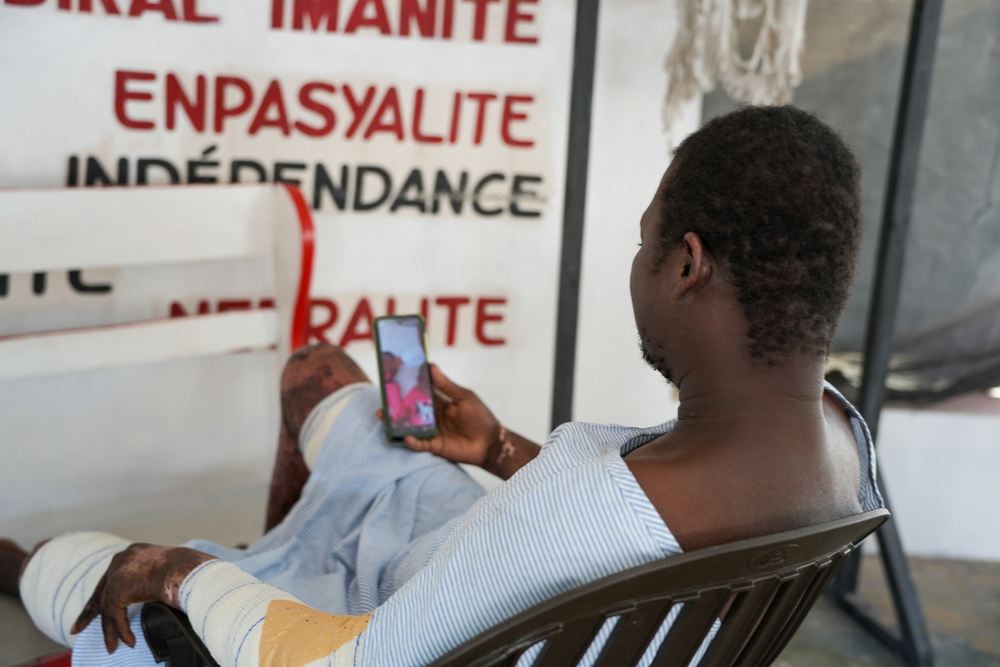
A treatment journey fraught with pitfalls
In Haiti, serious burns are common, particularly in domestic accidents and fires caused by the violent fighting between armed groups, national authorities and civil self-defence groups, which is increasingly common in Port-au-Prince.
Yet facilities capable of treating people with major burns are almost non-existent across the country. Added to this is the growing insecurity in Port-au-Prince, which is blocking roads and disrupting the supply of medicines, medical equipment and fuel. At the same time, the exodus of healthcare workers abroad is exacerbating the shortage of healthcare professionals, particularly specialists.
“When I arrived, I couldn’t even move an arm. Today, I can walk again. I received treatment, medication, grafts, bandages every three days, antibiotics, physiotherapy exercises, psychological support… All of this is out of reach for someone like me.”
Emmanuel Délicieux
In this context, people sometimes have to travel long distances to receive treatment. “My neighbour took us to Sainte Thérèse hospital,” says Emmanuel. “But they couldn’t do anything. Then we went to Beraccat hospital, where they gave me serum and applied some bandages, but it wasn’t enough.” Then Saint Boniface hospital, then another, all in a single day. Finally, I was airlifted to MSF’s Tabarre hospital.”
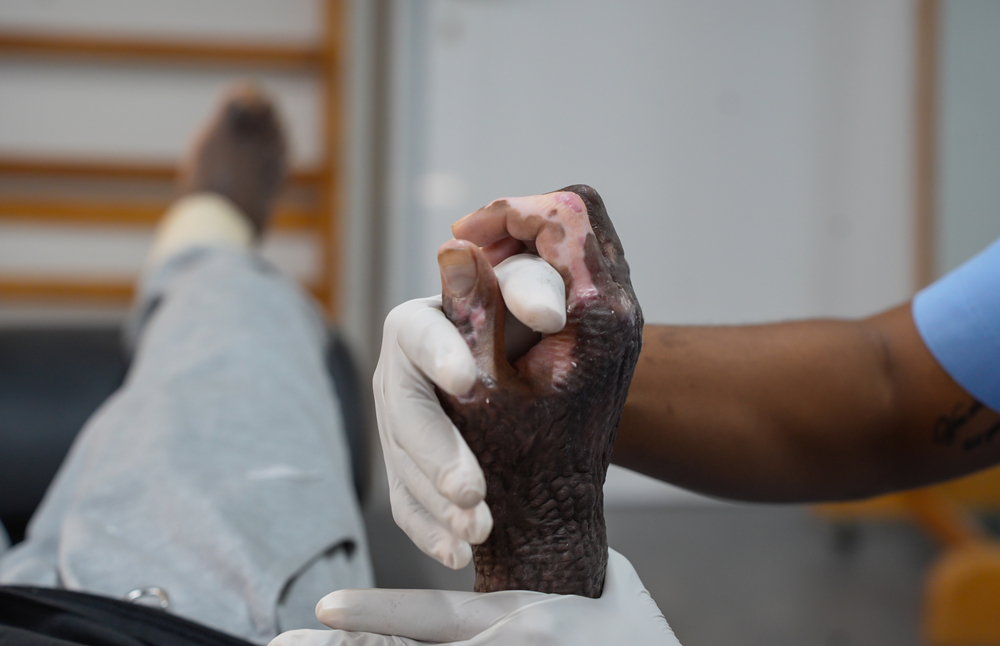
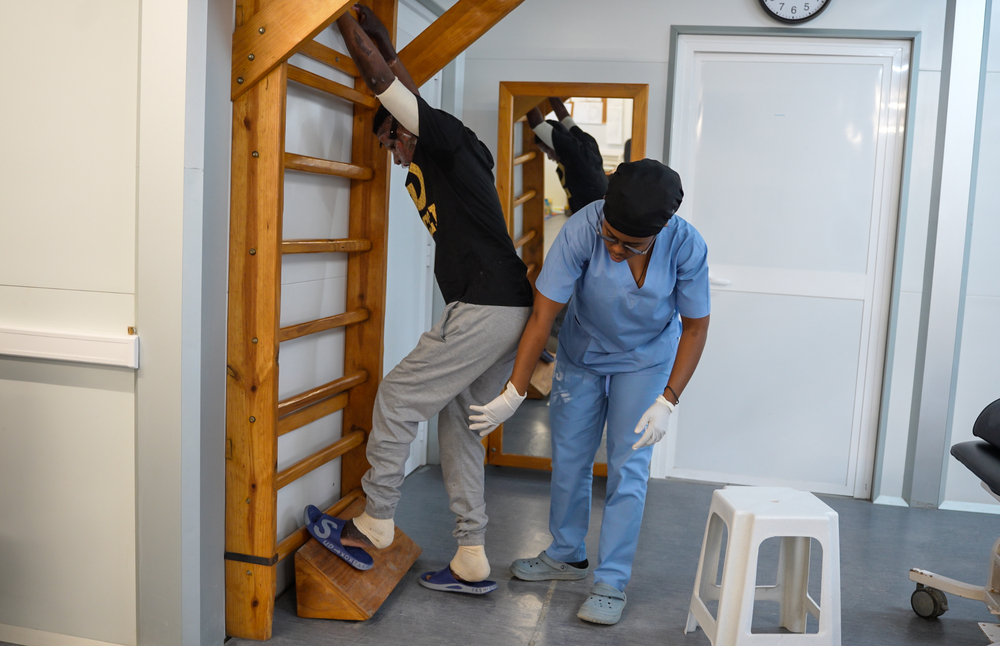
Unique care in the country
MSF first opened a burn unit at Drouillard hospital, before transferring the unit to the Tabarre trauma hospital in 2021 for safety reasons. Today, the facility has 30 beds dedicated to treating patients with burns, offering comprehensive care: reconstructive surgery, skin grafts, post-operative care, physiotherapy, the manufacture of 3D compression masks and mental health support. In 2024, more than 400 people with burns were treated there.
“When I arrived, I couldn’t even move an arm,” says Emmanuel. “Today, I can walk again. I received treatment, medication, grafts, bandages every three days, antibiotics, physiotherapy exercises, psychological support… All of this is out of reach for someone like me.”
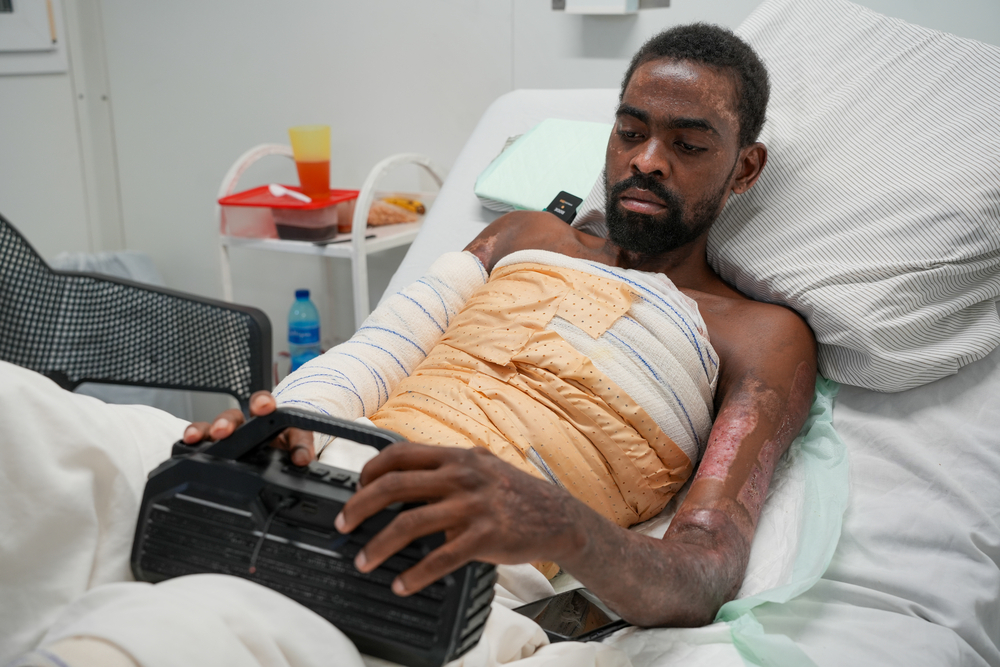
Severely burned patients isolated in the face of insecurity
The particularly long treatment duration represents another challenge for patients. Due to the insecurity, many find themselves isolated in the hospital, deprived of the presence of their loved ones. Road blockades by armed groups limit access to the capital, where violent clashes are taking place.
After months in hospital, Stanley made a round trip to Miragoâne in March, equipped with his 3D compression mask, to see his family. “It had been more than five months since I had seen them because of the insecurity,” he says. “The journey is too risky, too expensive. My mother came once, despite everything. When she saw me, she was shocked. But when she saw my face regain colour in March with the mask, she regained hope. So did I.”
